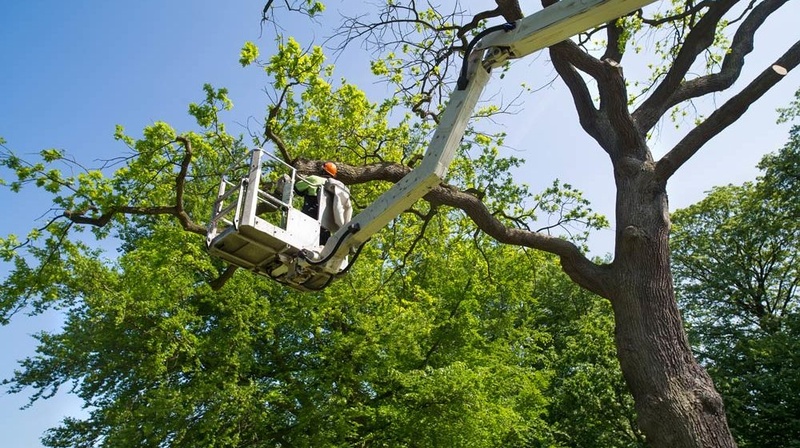
Prep Your Landscape for Hurricane Season (It’s Here Now)
Atlantic hurricane season is here, so get ready now. Evaluate your trees and address the vulnerable ones. You can do lesser preparations in the days before a storm.
Here we are again in the Atlantic hurricane season. June 1, the beginning of hurricane season, rolls around every year, but vigilant annual preparation for these storms remains a critical component of living on the exposed peninsula that is Florida.
The National Oceanic and Atmospheric Administration (NOAA) predicts that the 2020 season has a 60% chance of being above-normal in the number of hurricanes that form. A typical season produces 12 named storms (those with winds at or above 39 mph); NOAA expects 13-19 by the end of this November.
What to do with that information? Make sure you’re prepared! Taking precautionary actions protects not only you and your family but also neighbors and even emergency workers.
Preparing Trees Ahead of Time
Let’s talk about two ways to get ready for hurricanes.
The first way to get ready is by assessing and dealing with the trees on your property before a storm is even on the radar.
In high winds, trees pose a significant risk to people and property. Some native pine trees can grow to over 100 feet tall, meaning homeowners need to carefully assess which trees are within range of homes, cars, and other structures. This includes a neighbor’s house or shed that might sit near the back of your property.
Also identify trees that are old or weak, regardless of height. If trees have a shallow root system, are already leaning, or were planted in the last five years, they will be at a higher risk for blowing over in high winds. It might break your heart to remove a gorgeous aging oak, but it’s better than a canopy crashing down through your roof in the middle of a hurricane.
Most homeowners can safely trim trees under 15 feet. Any taller than that, and it’s a good idea to call in the pros (tree-care deaths do happen when strict safety guidelines aren’t followed). Remove all dead branches, those that are dying, and any that are too long. Properly burn or discard yard waste as soon as possible to reduce the amount of loose material around your home.
Some smaller trees can be anchored with straps and stakes. Just ensure it’s done correctly.
Final Preparations
A second way to get ready for storms is through last-minute actions.
You will already have taken care of the trees that could be a danger. The week leading up to the storm’s landfall is the time to make final preparations.
Find any outside objects that could be knocked over or become projectiles in hurricane-force winds. Don’t underestimate the power of strong winds!
Big items like arbors, basketball hoops, or unsecured play structures should either be laid down, moved into a shed or garage, or carefully secured. Smaller objects, like potted plants, wind chimes, or loose garden décor can be brought inside until the storm passes. If it’s hanging or light enough to pick up, don’t risk leaving it outdoors.
Make This Season a Safe One
Hurricanes form over warm Atlantic waters and bring powerful winds, torrential rain, and lots of uncertainty to everyone in their path. Don’t be caught with your pants down, so to speak. Prepare responsibly ahead of time.